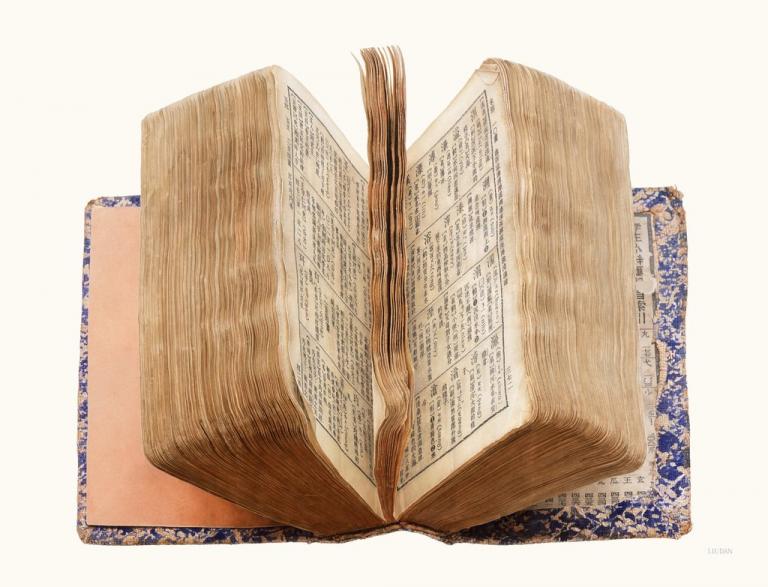Ancient Chinese brilliant navigation and technology
4 min readChina was one of the earliest countries to develop navigation and for a long period before the late ancient time and in the early stage of it, Chinese navigational technology maintained the leading position in the world.5,000-6,000 years ago, Chinese ancestors started their voyage to the eastern coast of the Pacific Ocean, North America, and the islands of Southeast Asia and the Oceania, taking along their utensils from the Longshan and Baiyue cultures. The early recorded voyage activities took place in WesternZhou dynasty. In the late Spring and Autumn period, from east Liaoning province to Zhejiang province, there formeda sea route of several thousand li (one li=500 metres) in length along the coast. During the reign of Emperor Wudi of Han dynasty, the sea route reached ancient India and Ceylon(present-day Sri Lanka) relying on both the ground reference navigation and the later developed astronavigation. By Tang dynasty, the longest sea route in the world at that time had already been opened up to connect Guangdong by a sea route to the east coast of Africa, at a length of 10,000-odd km. In Song dynasty, Chinese navigational technology experienced remarkable breakthroughs in the application of the compass to navigation and then the device with a magnetic iron needle that pointed to magnetic north, which not only solved the problem of determining the direction at sea under harsh conditions but also carved out the way to use the modern shipping purposed instrument of navigation. At the beginning of Ming dynasty, Chinese navigation and thetechnology reached its peak, which was exemplified by Zheng He’s seven voyages far to the western oceans.

Formerly named Ma Sanbao, or Eunuch Sanbao,a Chinese Muslim from Kunyang (present-day Jinning county) of Yunnan province, he was granted the family name Zheng due to his meritorious service for Zhu Di, then the Prince of Yan, and renamed Zheng He (1371-1433/1435). He commanded fleets which voyaged through the western oceans 7 times during the Yongle and Xuande reigns of Ming dynasty, over a period of 30 years from 1405 to 1433. The first 3 times his voyage mainly reached Southeast Asia and South Asia; in the course of the later 4 times the voyages started from South Asia and took new routes westward, of which the 5th time was the longest one, reaching Mombasa of Kenya on the east coast of Africa.
Many Western scholars even believe that Zheng He once took a global voyage.
Over a period of 30 years of voyages on the Pacific Ocean and the Indian Ocean, Zheng He’s fleets pioneered not only many new oceanic routes directly to Africa and Arabian countries but also a large number of new ones.

Charts of Zheng He’s Naval Expeditions within the Indian Ocean and beyond the South China Sea,far into the southern hemisphere across the south latitude of 4.All of the above new routes depended largely on the fleet crews’command and application of a series of advanced navigational technologies.Their astronavigation technology developed from the time honored practice of sea route navigation based on star divination to a complete set of high-level navigation technologies such as combination of celestial on-sea observation for positioning and use of a compass,voyage route determination,and elongation of the detector.The celestial observation data and the four across-ocean celestical observation charts in Charts of Zheng He’s Naval Expeditions,left later generations very complete recordings on Zheng He’s reference to the positions of the stars observed. His fleets grasped the law of monsoon and ocean current on the Indian Ocean. Generally they started out during the period from the 10th lunar month of the year to the first lunar month of the next year with the north-east monsoon, and returned during the period from the 4th lunar month of the year to the 6th lunar month with the southwest monsoon from the Indian and South oceans. As a result, the fleets could finish the planned voyages at the fastest speed possible during the shortest period.
Zheng He’s fleets comprised more than 100 up to a maximum of 208 huge ships each time, among which thelargest “treasure ship”measured approximate 148m in length and 60 m in width and the medium-sized ones were approximately 123 m long and 50 m wide. For every voyage, there were over 27,000 passengers, to more than 30countries and regions in Asia and Africa. On such a large scale, in a long duration and with vast coverage, the voyages of Zheng He’s fleets reached the peak of ancient Chinese and global navigation, without precedence. They were a great event in the history of human civilizationduring the 15th century, which expanded the relationship between China and Africa as well as other Asian countries to a new historical stage.









